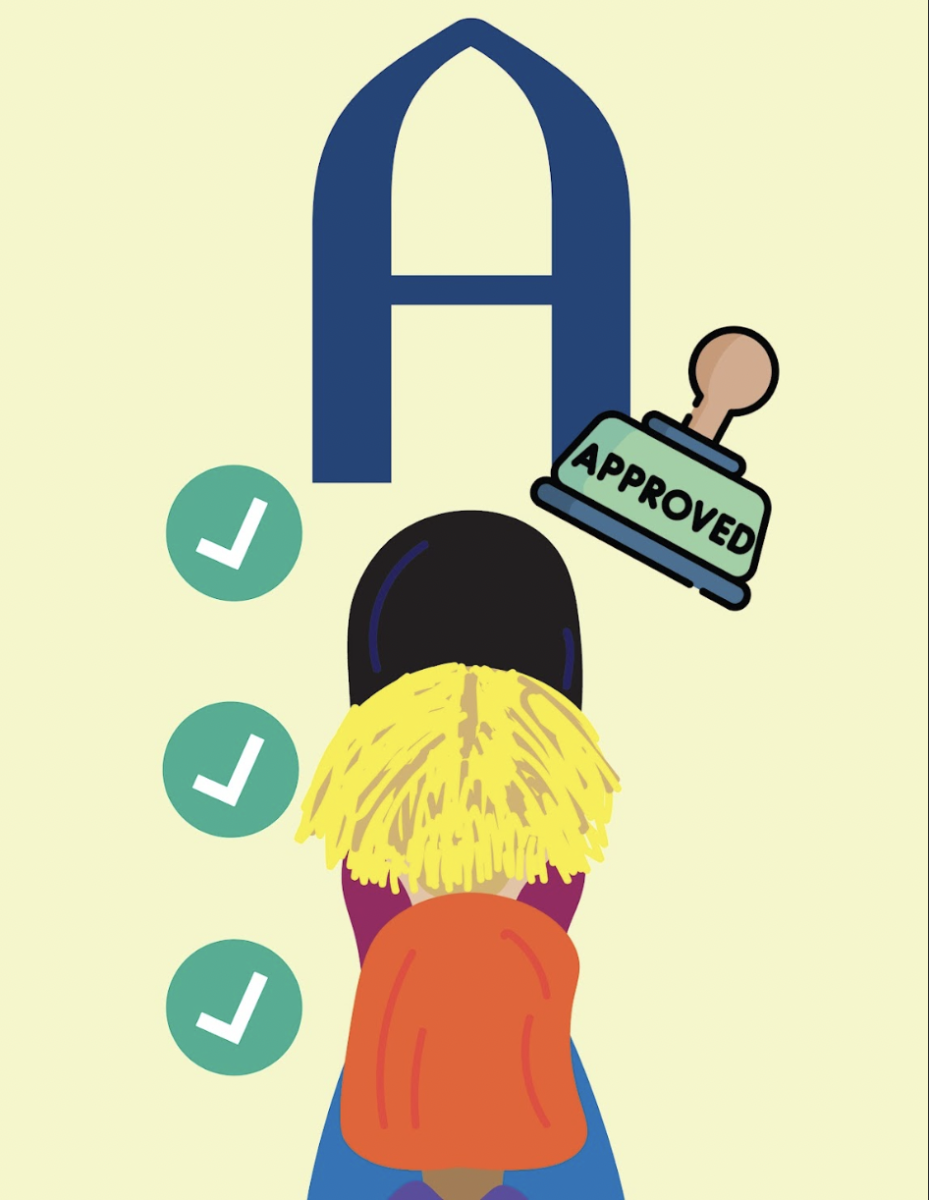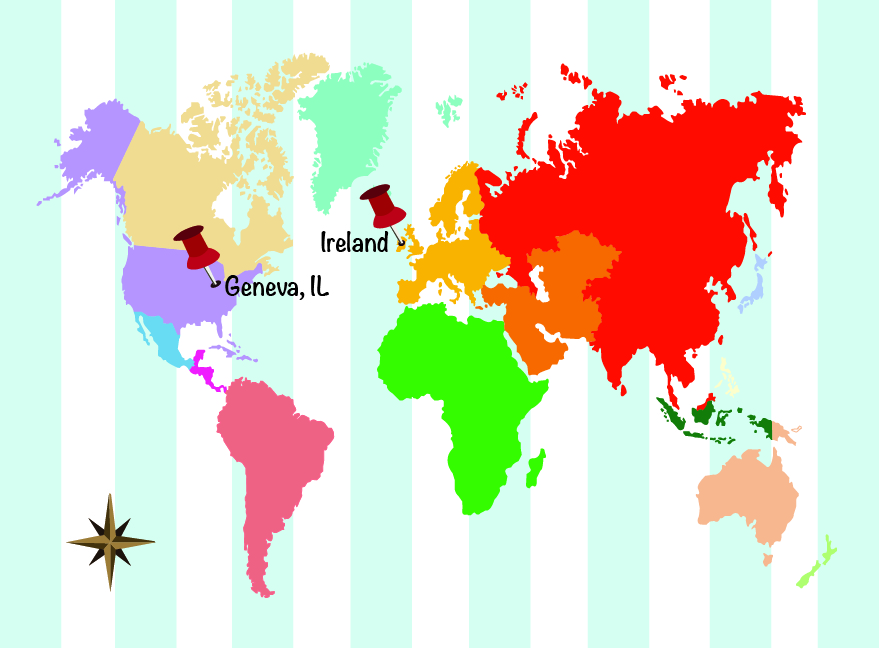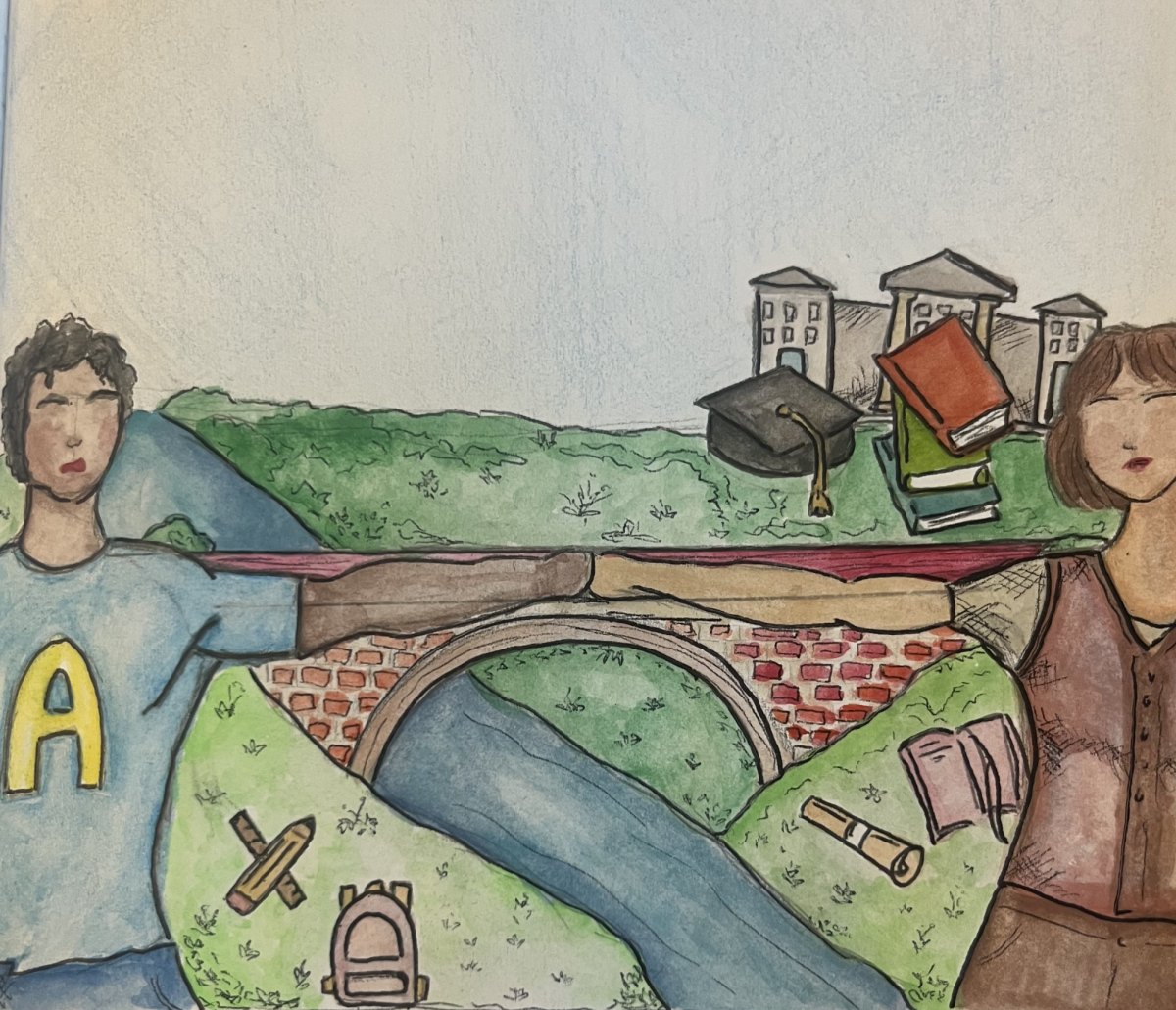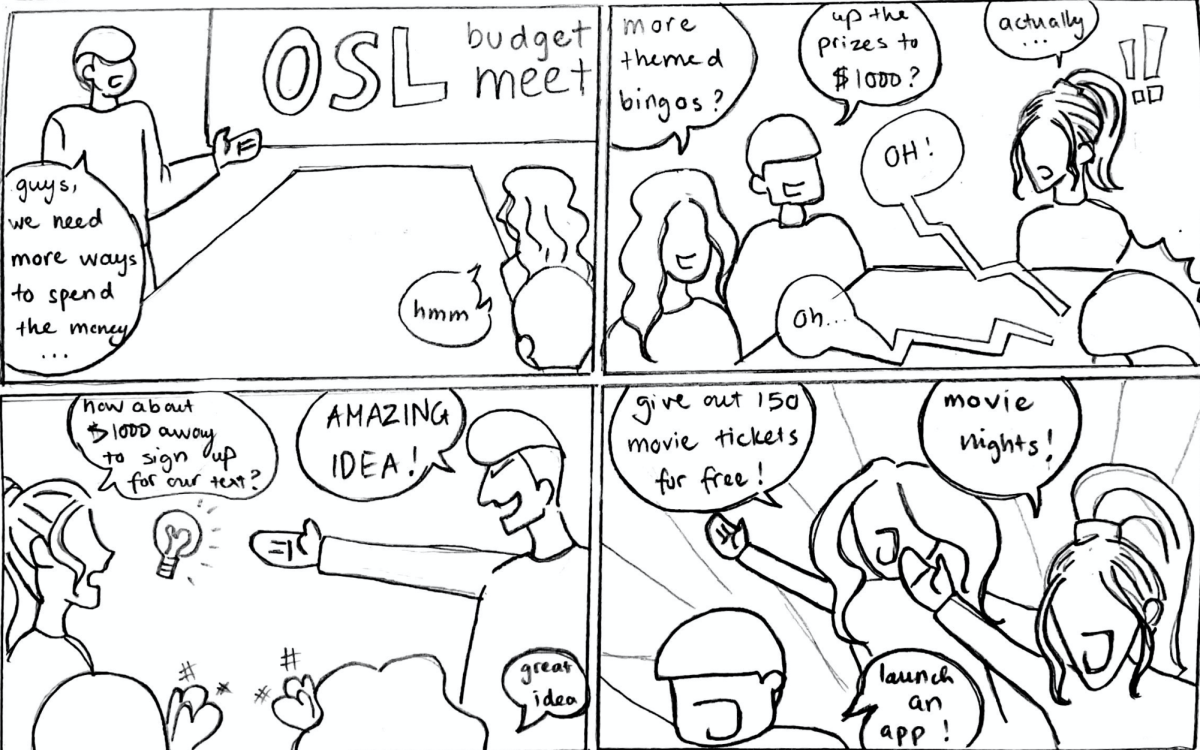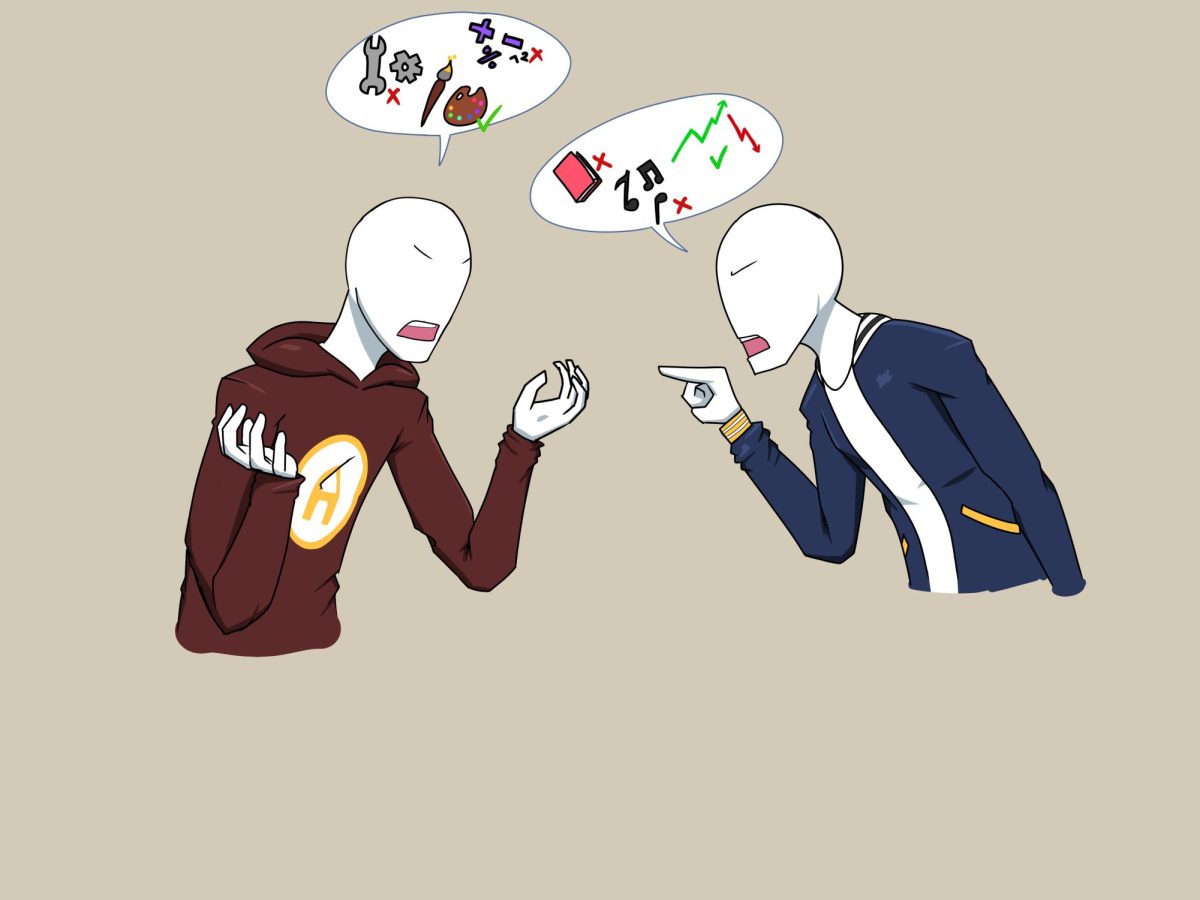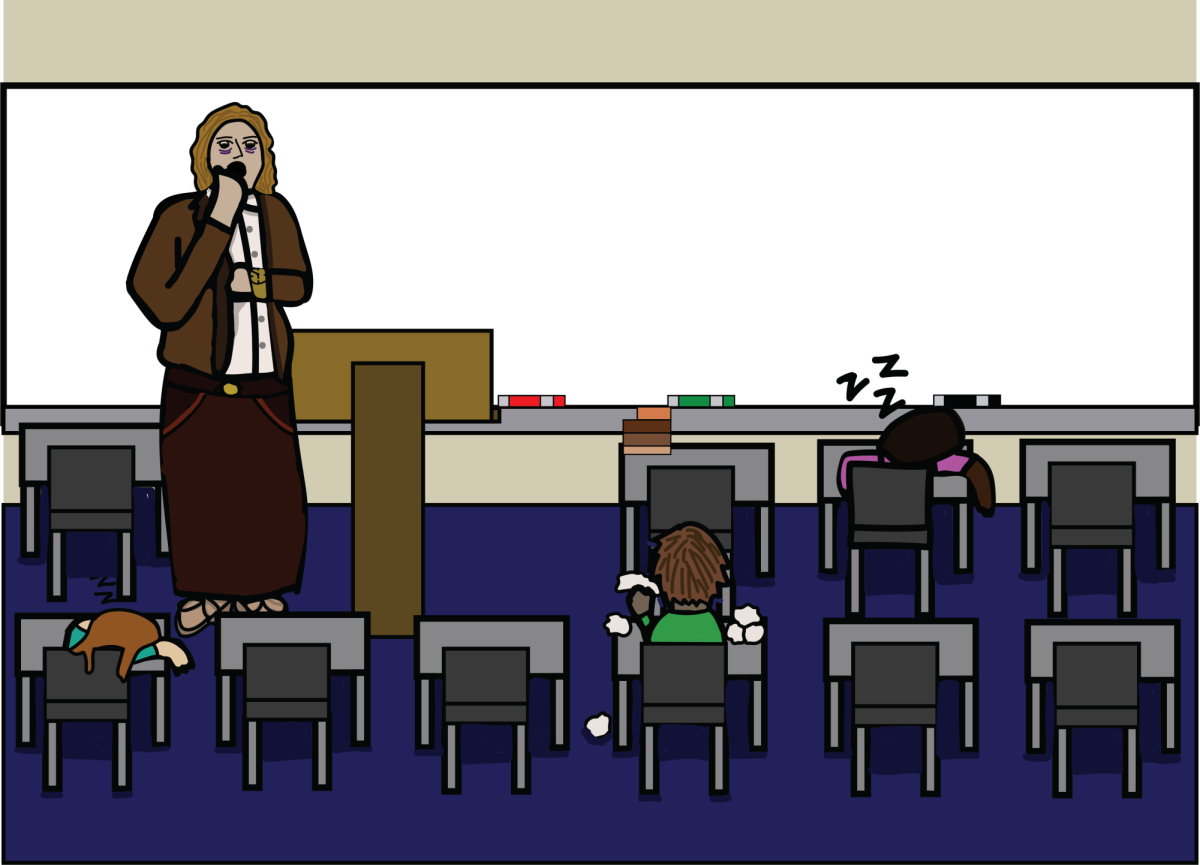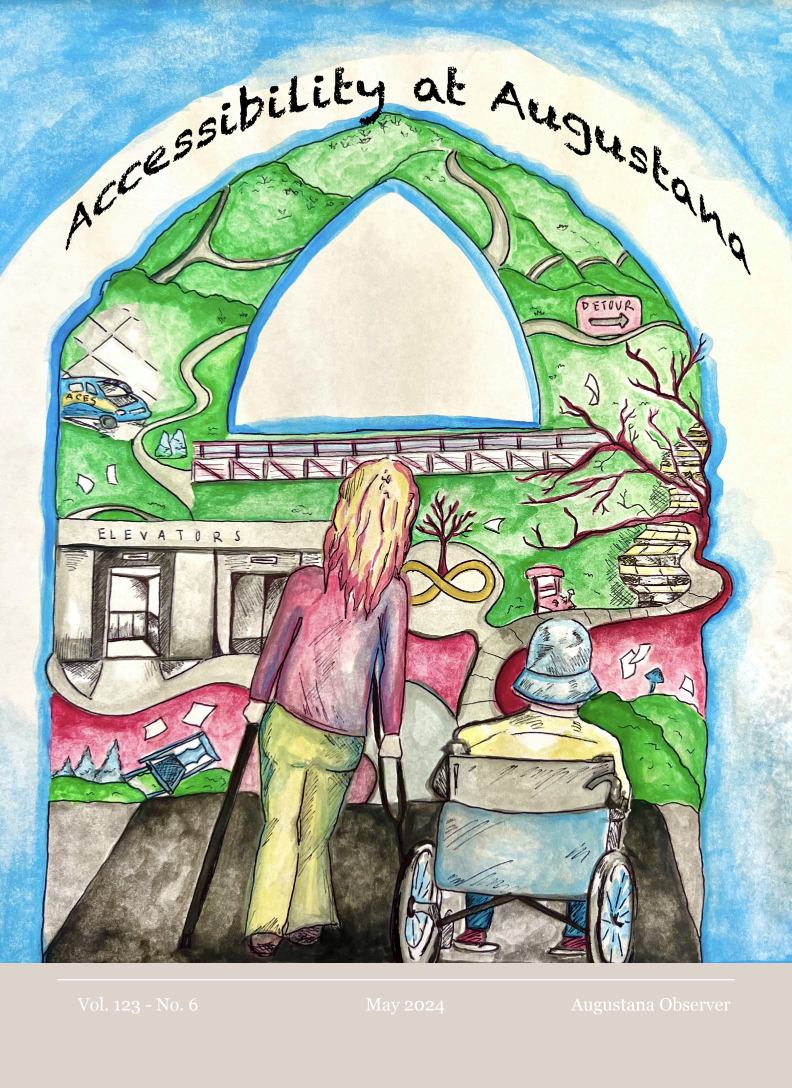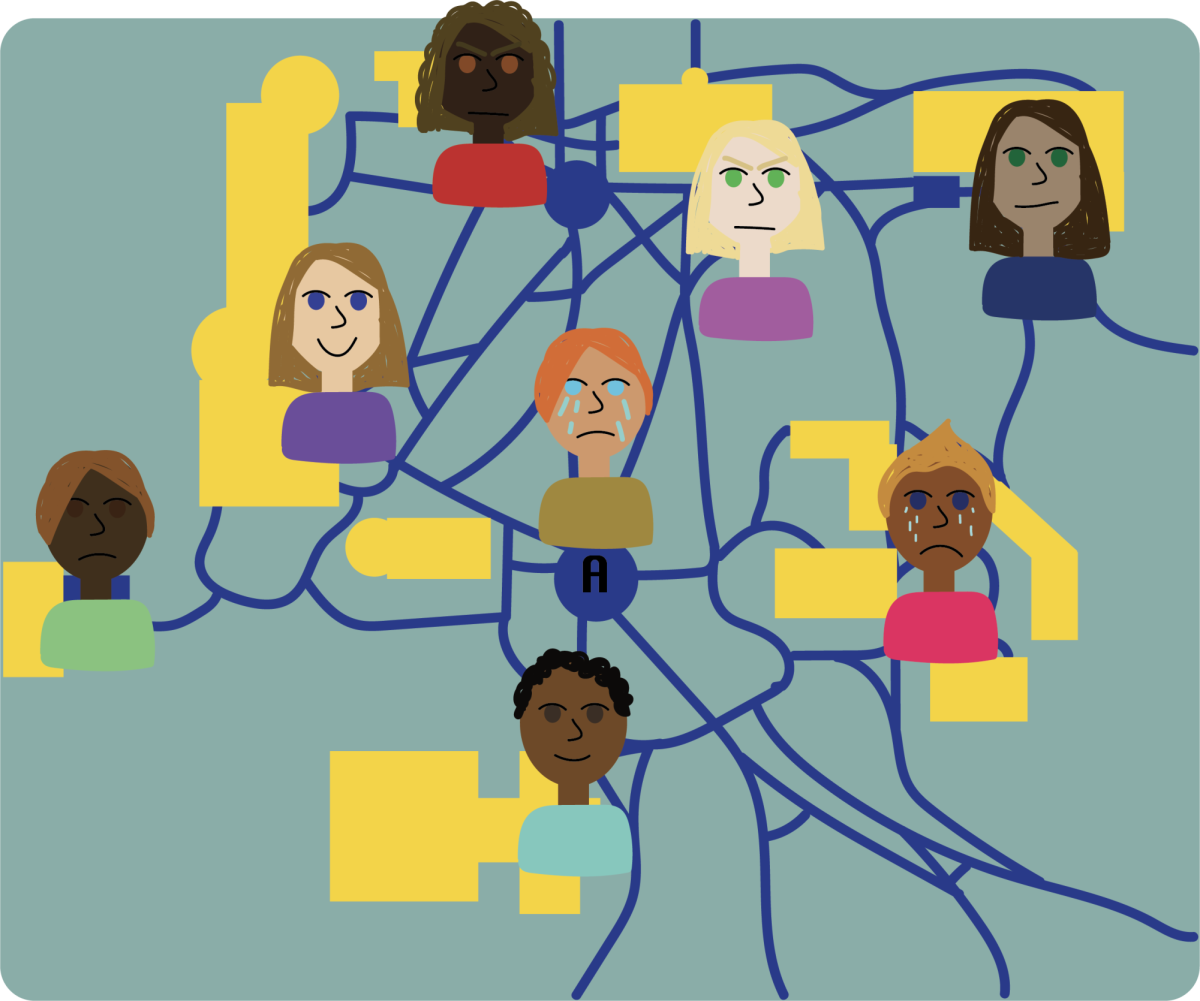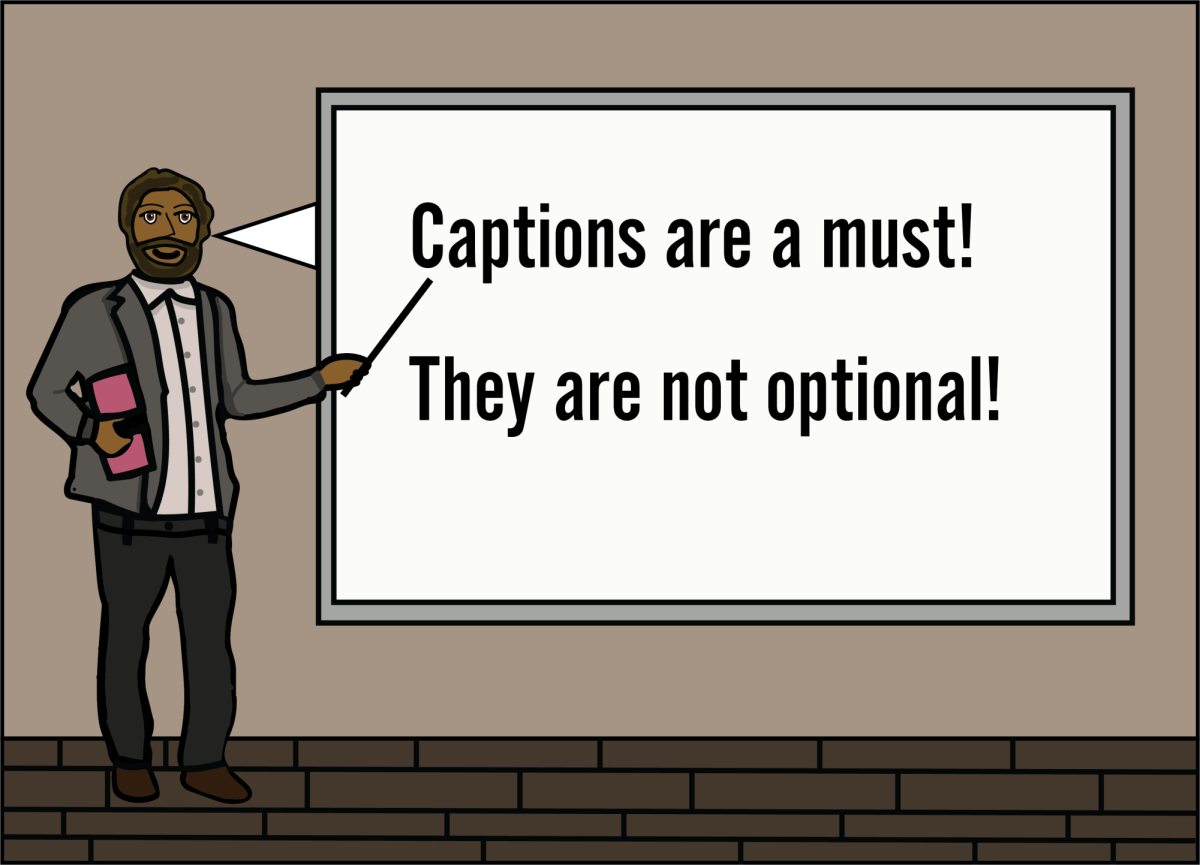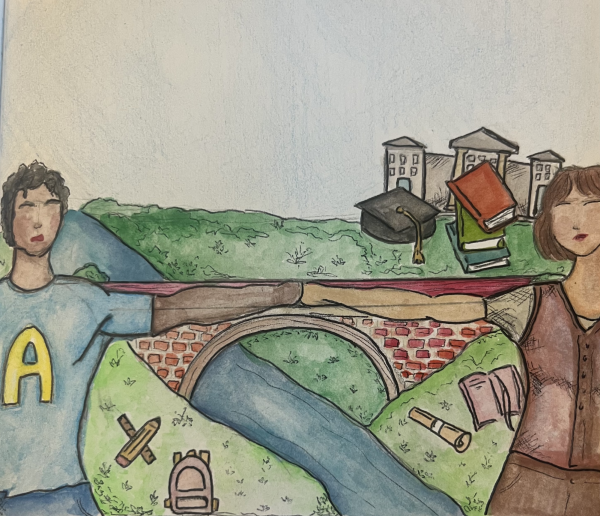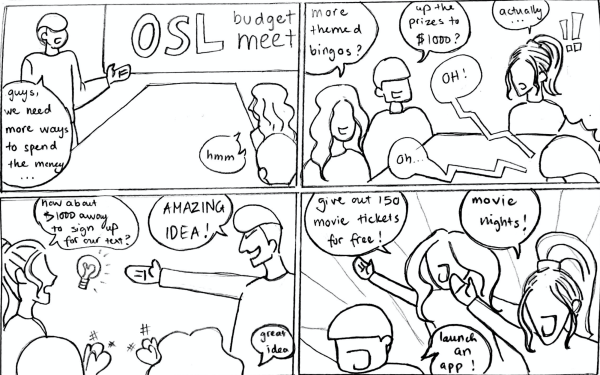Easy views, extra harassment: Streaming as a female
November 26, 2022
Trigger warning: rape and sexual harassment
Gender differences on streaming platforms have been the subject of prominent discussion among the entertainment community. They exist within every form of entertainment and content creation, and streaming is no exception. Some of these differences include the ease of becoming involved in broadcasting and the negative repercussions that arise from becoming involved.
Female streamers seem to have an easier time gaining viewership. However, they are also more likely to be the targets of harassment.
I attempted to stream a few times because I saw it as an avenue to being recruited to play on a competitive eSports team, which has always been a dream of mine. From my experience, it was easy to get initial viewers, and I believe this was because of my gender. I also found that it was hard to maintain viewership and build a community.
According to the successful male streamer known as “Mizkif,” “it is not fair for women when it comes to [streaming]. Women have a much easier time getting that initial one to two hundred viewers.”
Mizkif continued, saying that women streamers also face a “glass ceiling” of viewership, meaning that while it is easier for them to gain initial viewership to become successful on the platform, they are less likely to reach higher viewership (600+) than men.
Research done by StreamScheme has found that this ceiling exists because female streamers “get more initial clicks from potential viewers, but have a more difficult time converting those viewers to active community members.” On platforms such as Twitch, having active community members and consistent viewership is a better indication of popularity than the number of followers one has.
Mizkif also mentions that while women become successful on Twitch quicker and more easily, they also deal with “way more” than male streamers, including dealing with stalkers and men harassing them. Evidence of this is the Gamergate movement from 2014 where female streamers and those involved in the gaming industry received death and rape threats.
NBC News reports that the biggest obstacle facing female streamers on Twitch is indeed the sheer amount of harassment they deal with. Female streamers are more vulnerable targets of harassment and trolling than men because of the sexism that runs rampant throughout the entertainment industry – especially on a platform like Twitch, which is intended for gaming streams.
The perception toward female streamers is often centered around whether they are sexy or if they’re a “true” gamer. This expands out of simply gaming streams themselves, as many women on Twitch participate in either the Just Chatting or the Hot Tub categories.
The female streamers in these categories are generally the evidence people use to say that women have it easier. For instance, Amouranth, one of the most well-known women on the platform, does frequent hot tub streams and sexualizes her content.
Successful content like this is another reason why many are bitter towards the ease female streamers have in gaining audiences. There has been a joke floating around many male-dominated forums like Reddit that says that to be successful on Twitch you either have to be really good at gaming, be really entertaining or just be a woman.
Being a female gamer myself, I have faced my fair share of online harassment whenever I talk in game chat. I have received death and rape threats and I have been the target of frequent DDoSing, or attacks made on my internet network, by trolls. Being trash-talked and put down is usual for me every time I play online.
I personally believe that the ease of initial attention and viewers for female streamers as well as the subsequent harassment they face can all be chalked up to one thing – the sexism that underlines the belief that females aren’t interested in or can’t be good at video games.
